The inside story on Scampston Hall
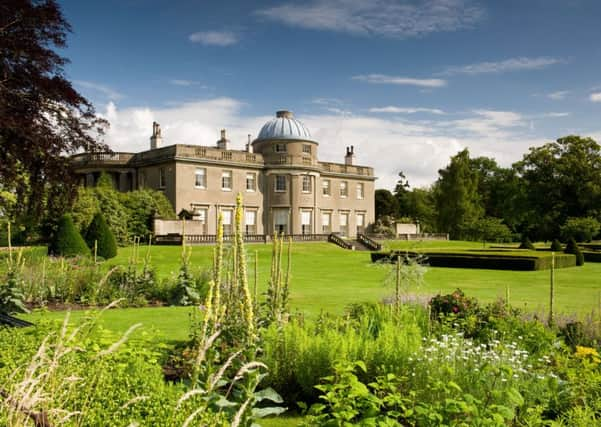

The phrase “mad, bad and dangerous to know” was first used by Lady Caroline Lamb to describe her one-time lover Lord Byron.
It’s also pertinent to the practice of primogeniture, where grand houses and estates are passed down to the eldest son. Nature is unpredictable and does not always provide a safe pair of hands.
Advertisement
Hide AdAdvertisement
Hide AdThere are countless stories of homes being lost, gambled away or mismanaged by feckless first-borns, which is one of the reasons why Scampston Hall, near Malton, is so remarkable. The house and the estate have been in the same family for 300 years and everyone in charge has quietly got on with the job without any major mishaps.
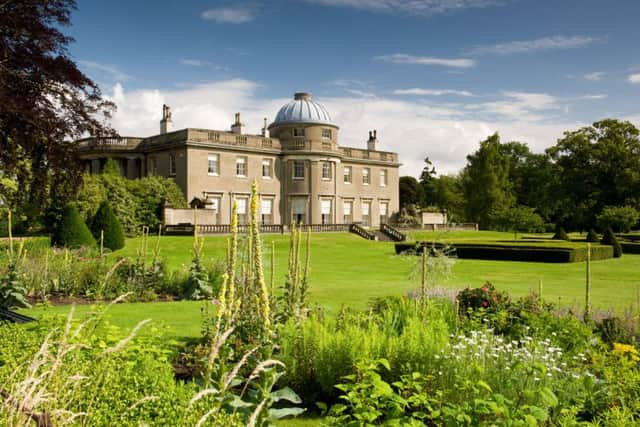

“We’ve always been a sensible bunch. We were granted land in Yorkshire in 1100 and since then we’ve ticked along and just tried not to do anything silly. This also means that there is no great fortune underpinning it all because we’ve never done anything like mining or mill owning to make money,” says Chris Legard, 52, the latest incumbent, who can trace his bloodline back to Herbert de St Quintin, one of William the Conqueror’s knights.
He took over from his father, Sir Charles Legard, just over five years ago and he, his wife Miranda, an artist, and their children, Ben, 21, and Phoebe, 16, moved from their home in Thirsk to take up residence at the hall. He also brought some fresh ideas, informed by his training as an accountant and his years in business as the founder and managing director of the men’s clothing brand Joseph Turner.
New income streams are now essential to the survival of large country houses, which cost a fortune to maintain.“We have 6,000 acres and about 70 farms and cottages. Back in the day income from farming was significant but that is no longer the case, so we have had to diversify to find other forms of revenue,” says Chris.
Advertisement
Hide AdAdvertisement
Hide AdHis forebears had already opened the hall and grounds to the public. The gardens are a big draw. The original was designed by Capability Brown and is complemented by a contemporary walled garden by famous Dutch designer Piet Oudolph.
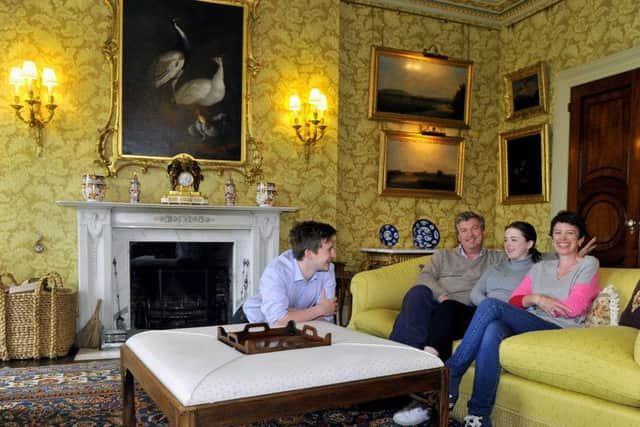

The hall is also let for weddings, events, conferences and for filming. The latter has proved popular thanks to the integrity of the Regency interiors. An Inspector Calls was shot at Scampston and David Tennant was a familiar face there recently when he and several other celebrity actors were filming Mad to be Normal, a feature-length biopic about the controversial psychiatrist RD Laing.
The latest venture is Scampston Park holiday lodges. Chris has planning permission for 70 in an idyllic part of the estate and is building them to order from £179,000 each.
“They are very special because of the location. It’s a peaceful haven and will remain that way. The lodges are solely for private use with no sub-letting. One day the lodge park will be the single most important business in terms of economics here at Scampston,” says Chris, who is now juggling two jobs. “I split my time between Joseph Turner and Scampston and my diary is crazy but I don’t mind. I like being busy and I’ve always known I would take on the estate, although there was never any pressure.
Advertisement
Hide AdAdvertisement
Hide Ad“The family still laughs at the story of me at the age of nine when my granny asked me if I’d like to live here one day. I said ‘no I want to live in a bungalow with a glass table’. That’s what my friend’s parents had and I thought it was the coolest thing ever.”
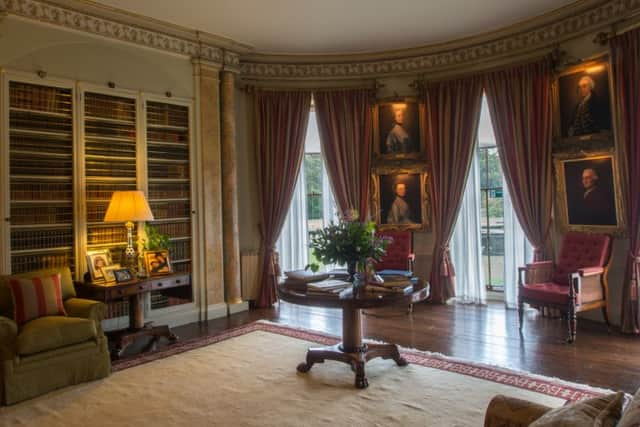

Moving house was something of a wrench and life at the hall has taken some getting used to. Fortunately, Chris’s father, who inherited the property in 1994, and his stepmother, Lady Caroline, devoted much of their time to restoring and updating the house, which was in a dilapidated state.
“In my granny’s day, it was pretty ropey with buckets everywhere to catch the leaks. The restoration was absolutely the right decision and the house is now in fantastic condition. Compared with somewhere like Castle Howard, it is a manageable size, although maintenance is never ending,” says Chris, citing the windows as a good example. Every five to 10 years the wood frames have to be painted. It takes two months and costs £20,000.
The property is over 300 years old and was built by the third baronet, Sir William St Quintin. The fourth baronet was a man of excellent taste who is responsible for most of the hall’s impressive art collection, which includes several Gainsboroughs. The fifth baronet commissioned Capability Brown.
Advertisement
Hide AdAdvertisement
Hide AdInside, it boasts some of the finest Regency interiors in Britain. There are original wallpapers and exquisite furniture that reflects the family’s French heritage. There is also a notable collection of porcelain and 5,000 rare halls that come off the shelves every ten years to be waxed and dusted.
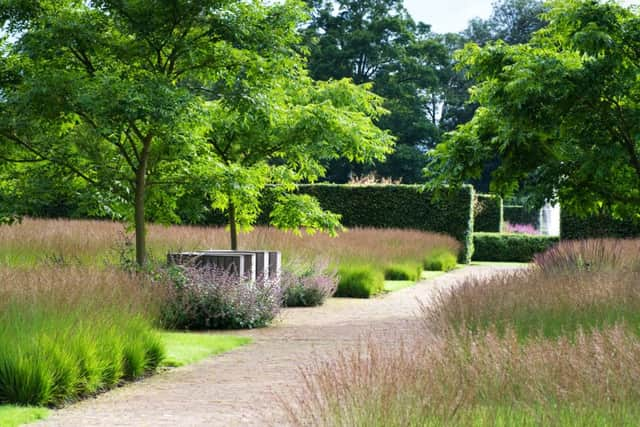

Lady Caroline’s flair for interiors is evident everywhere. It was her idea to combine the kitchen and the butler’s pantry to create one large living kitchen. The high ceilings made it look cavernous so she also had the floor raised by four feet to give a cosier feel. The oak floorboards were stained with blackboard paint and white spirit to give a milky grey effect, and are covered with rag rugs made by Mary Gullon from Mary Legard’s (Chris’s grandmother’s) old clothes.
The restoration was an expensive project, helped by the sale of “a couple of paintings”, according to Chris, who is entitled to sell the whole place and its contents if he so wishes.
“It’s tempting sometimes. I could get a yacht and sail the Med,” he jokes, adding: “It is my job is to keep the roof on for the next generation and pass the place on in better shape, just as my father did.
Advertisement
Hide AdAdvertisement
Hide Ad“When I am 65, my son will probably take over and I’ll retire to a cottage somewhere more private. Until then I can’t complain. Owning a historic house and protecting part of the nation’s heritage is a huge responsibility but living here is a privilege.”
Scampston Hall and Gardens, www.scampston.co.uk; Scampston Park Lodges, www.scampston.co.uk/park-lodges